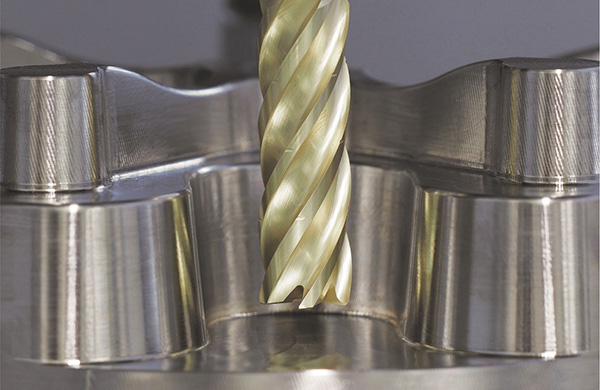Tooling specialist Walter GB says companies of every size can cash in on the benefits of high-dynamic milling, namely higher process reliability and faster, more cost-effective cutting by using higher speeds and feeds, as well as reduced ‘free travel’ of the milling cutter and longer tool life.

Indeed, compared with high-performance cutting (HPC), the advantages of high-dynamic cutting (HDC) can be realised when milling components of every size and in all materials, says the company.
The main differences between conventional HPC and HDC are in the movement of the cutter and the forces generated. During HPC milling, the tool takes relatively small depths of cut, while during HDC milling, the machine and its CADCAM functionality adapt the paths so that the tool delineates during machining to the shape of the workpiece and takes greater depths of cut.
Tool engagement angle is usually very large during HPC milling, so the process forces are accordingly high, which not only creates significant tool wear but places undue stress on the machine spindle. The tool engagement angle for HDC is normally small, so the forces which impact the tool and machine are much lower.
Higher cutting parameters, less free travel and increased process stability result in a much higher metal removal rate for HDC milling.The cornerstones of HDC are the tool, machine, CADCAM system and the workpiece – and the strategy is successful only when all four are in synchronisation.
For further information www.walter-tools.com












